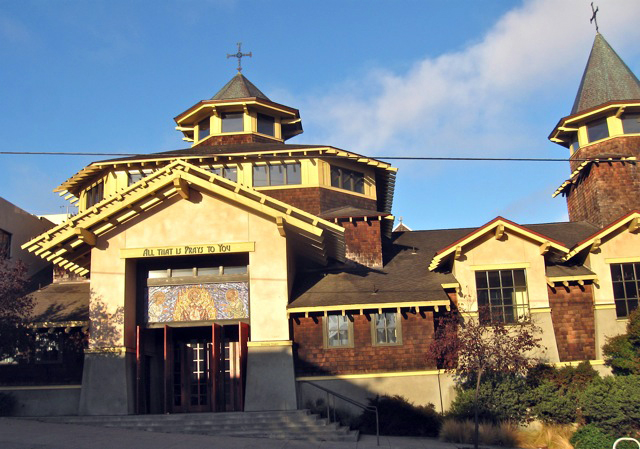A saint, from the Latin word for “holy,” is a person recognized for a life of great virtue. Although originally a word used in Christianity, scholars say most world religions have terms for comparable historical figures.
In the New Testament, Paul referred to all members of the Church as saints, but soon this designation became reserved for those departed souls who had shown extraordinary holiness in their lives.
At first saints were designated by the acclamation of local groups of Christians, but their proliferation threatened to make the term nearly meaningless. In the 13th century, the Roman Catholic Church instituted procedures for “canonization,” a process of investigation to see if the candidate truly led a life of heroic virtue. Now, if two miracles can be attributed to him or her, the Pope can officially declare the person a saint. Other churches have different procedures for determining sainthood, which means that as in the earliest Christian centuries, some saints are recognized by only local faith communities.
Since Nov. 1 is the traditional observance of the Feast of All Saints, now seems to be an appropriate time to tell about a church that takes an unusual approach to these notable people. St. Gregory of Nyssa Episcopal Church is located at 500 De Haro St. in the Potrero Hill area of San Francisco.
In 1995, the congregation moved into a distinctive building that won an award from the American Institute of Architects. The primary worship space is comprised of a rectangular seating space and an octagonal rotunda for “standing and moving worship.”
Its most stunning feature is a 2,300-square-foot mural that encircles the rotunda walls, welcoming all who enter. It is meant to represent the many ways God works through peoples’ lives – in every age, place and culture.
St. Gregory, who lived between 335-395 AD, wrote a commentary on Psalm 50 which promoted the use of dance in worship, and the huge mural depicts saints dancing beneath the ceiling of the church.
When the mural project was launched, members of the congregation suggested more than 300 names of people to be depicted; the 95 selected are painted in the traditional style of 14th century iconography and represent an amazing variety of people in terms of ethnicity, religion, vocation and time period, including:
– Old Testament: Isaiah, David, Miriam
– New Testament: Barnabas, Paul, Mary Magdalene
– Traditional early saints: Francis of Assisi, Teresa of Avila, Patrick of Ireland
– Artists: Emily Dickenson, Shakespeare
– Rulers: Elizabeth I, Liliuokalani
– Scientists: Charles Darwin, Margaret Mead
– Social activists: Cesar Chavez, Malcolm X, Eleanor Roosevelt, Martin Luther King, Jr.
– Modern martyrs: Wang Zhiming, Janani Luwum.
Visitors will receive a warm welcome if they attend services at St. Gregory: Sundays at 8:30 and 10:45 a.m. However, they should be aware that there will not be a typical liturgy from the Book of Common Prayer. Chimes, gongs and Tibetan singing bowls punctuate long silences. Also, the congregation dances from the seating area to the altar for the beginning of the Communion, passes the bread and wine among themselves after consecration, and dances joyfully with arms on adjoining shoulders while singing at the conclusion of the Eucharist.
For more information call 415-255-8100.










